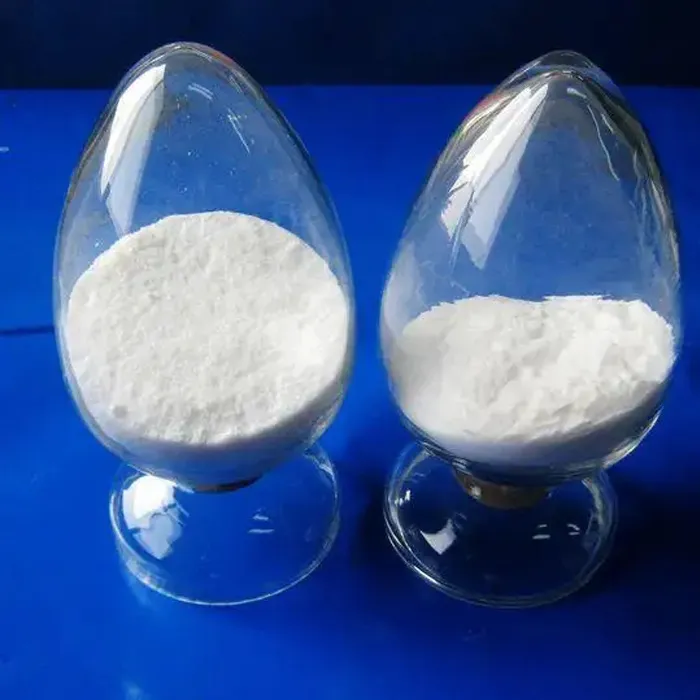Physical Treatment of Waste Water An Overview
Wastewater treatment is a crucial process in maintaining environmental health and ensuring safe water quality for public use. The physical treatment of wastewater plays a significant role in this process by removing solid pollutants, debris, and contaminants from the water through physical methods, which do not involve chemical reactions. This article explores the key processes involved in the physical treatment of wastewater, their significance, and the technologies employed.
Understanding Physical Treatment
Physical treatment methods focus primarily on the removal of suspended solids and particulate matter from wastewater. These methods typically occur in the preliminary or primary stages of wastewater treatment and include processes such as screening, sedimentation, flotation, and filtration.
1. Screening
Screening is often the first step in physical wastewater treatment. It involves the use of screens or grids to remove large debris such as sticks, leaves, and plastics from the incoming wastewater. This step is vital because it prevents damage to subsequent treatment equipment and ensures effective operation. There are various types of screens, such as coarse screens, fine screens, and micro-screens, each designed for different sizes of debris.
2. Sedimentation
Once the larger solids are removed through screening, the wastewater is subjected to sedimentation, a process that allows smaller particles to settle at the bottom of a treatment tank, forming a sludge layer. Sedimentation relies on gravity, making it an energy-efficient method. The settled sludge can then be removed and treated further. The design of sedimentation tanks varies, including circular and rectangular configurations, and the efficiency of this process can be enhanced through the use of coagulants.
physical treatment of waste water

3. Flotation
Flotation is another physical treatment method used to remove suspended solids, particularly those that are lighter than water, such as oils and greases. This process involves the introduction of air bubbles into the wastewater, which attach to the suspended particles. As a result, these particles rise to the surface and can be skimmed off. Dissolved Air Flotation (DAF) is a common technology used in this method, proving effective in various industrial applications.
4. Filtration
Filtration is the final physical treatment method discussed herein. This process utilizes filtering media, such as sand, gravel, or membrane filters, to remove remaining particulate matter from the wastewater. Filtration can enhance the quality of the treated water and is often used post-sedimentation and flotation. The efficacy of filtration depends on the size of the filter media pores and the nature of the wastewater.
Importance of Physical Treatment
The physical treatment of wastewater is vital for several reasons. Firstly, it helps to protect the environment by reducing the amount of pollutants entering natural water bodies, thus preventing waterborne diseases and protecting aquatic ecosystems. Secondly, it is often a cost-effective method, requiring minimal energy and operational costs compared to advanced chemical treatments. Additionally, physical treatment methods lay the groundwork for subsequent biological and chemical treatment processes, enhancing overall treatment efficiency.
Conclusion
In conclusion, the physical treatment of wastewater is a fundamental aspect of wastewater management. Through processes such as screening, sedimentation, flotation, and filtration, wastewater can be effectively clarified and prepared for further treatment stages. Given the growing challenges of water scarcity and pollution, understanding and improving these physical treatment methods is essential for sustainable water management practices and to safeguard the environment for future generations. With ongoing technological advancements, the efficiency and effectiveness of physical treatment methods will continue to evolve, ensuring cleaner and safer water sources worldwide.

